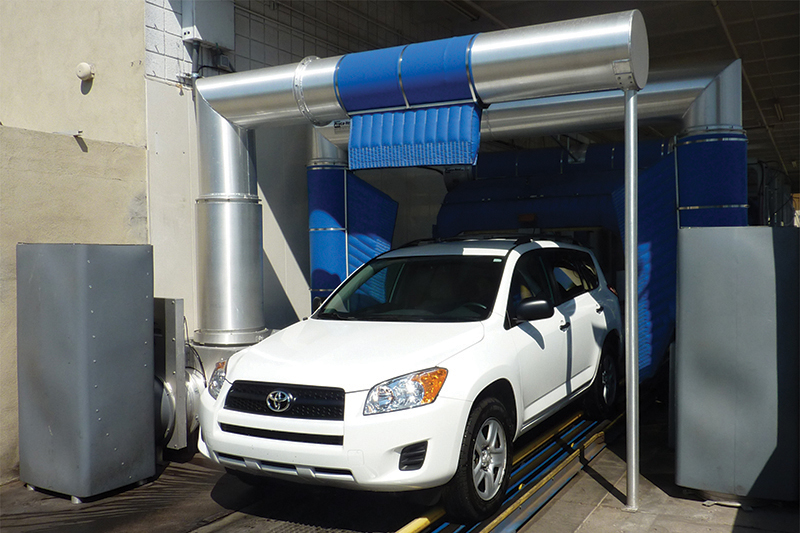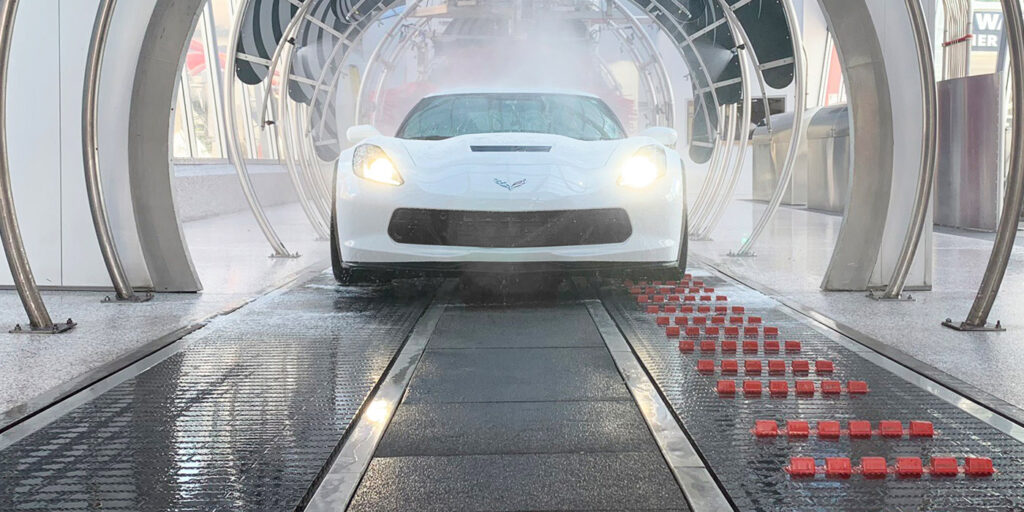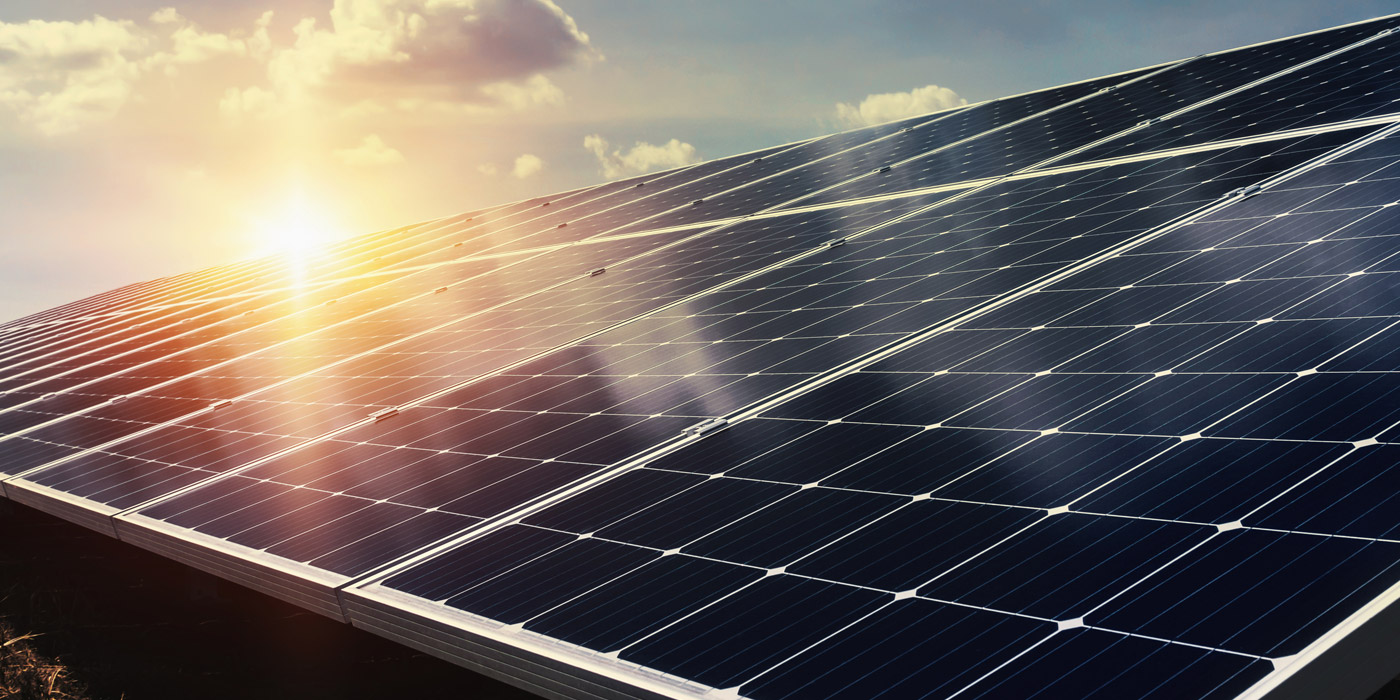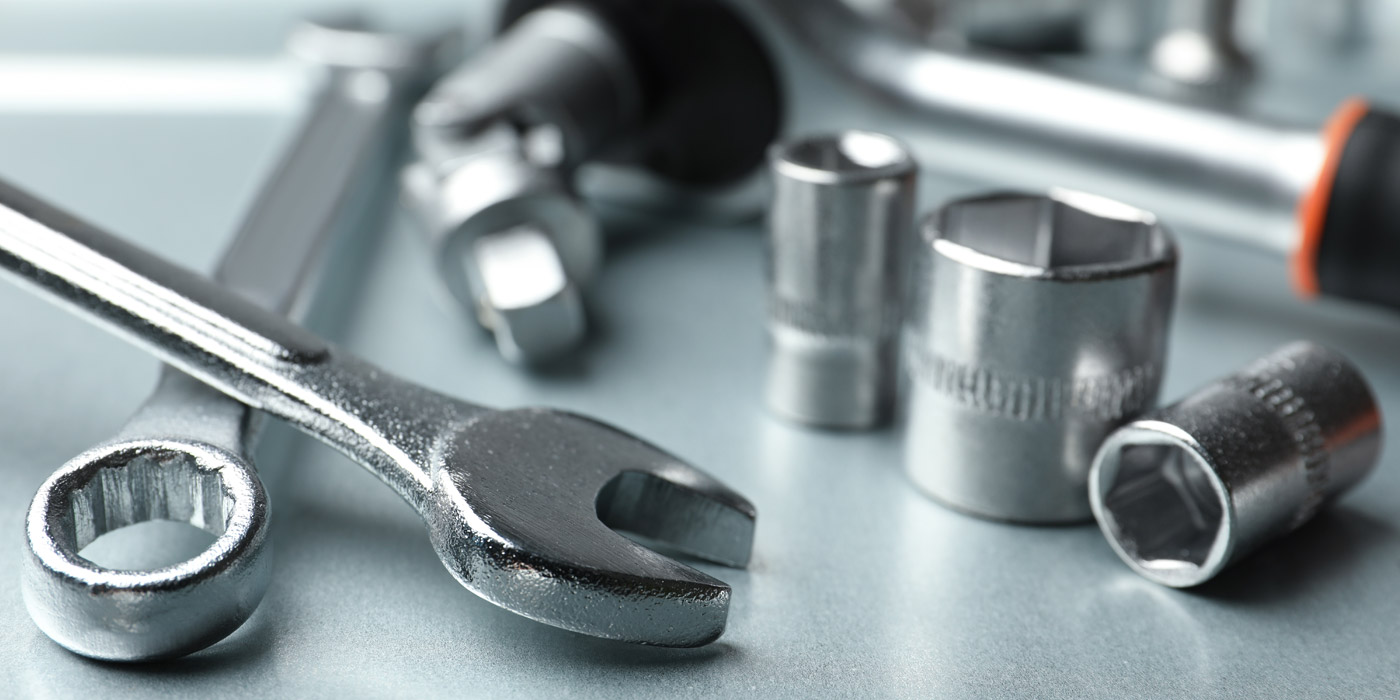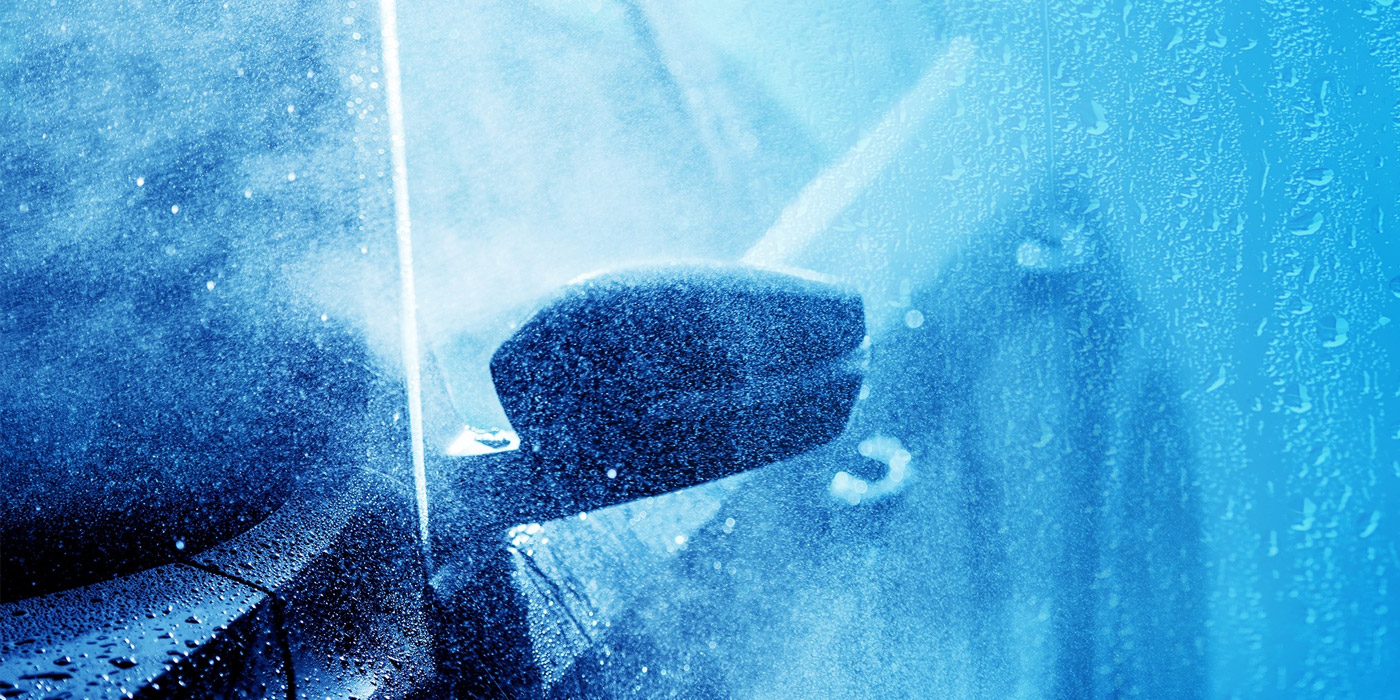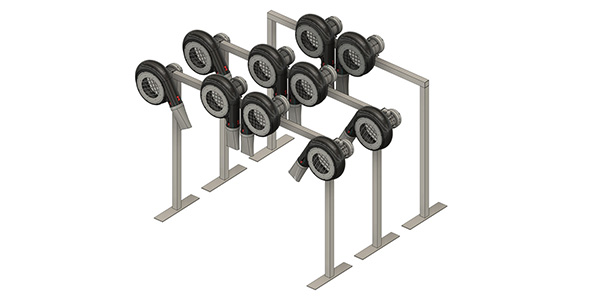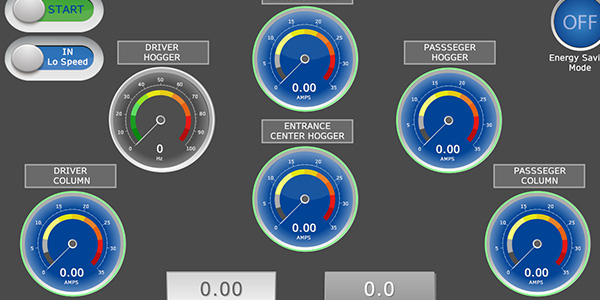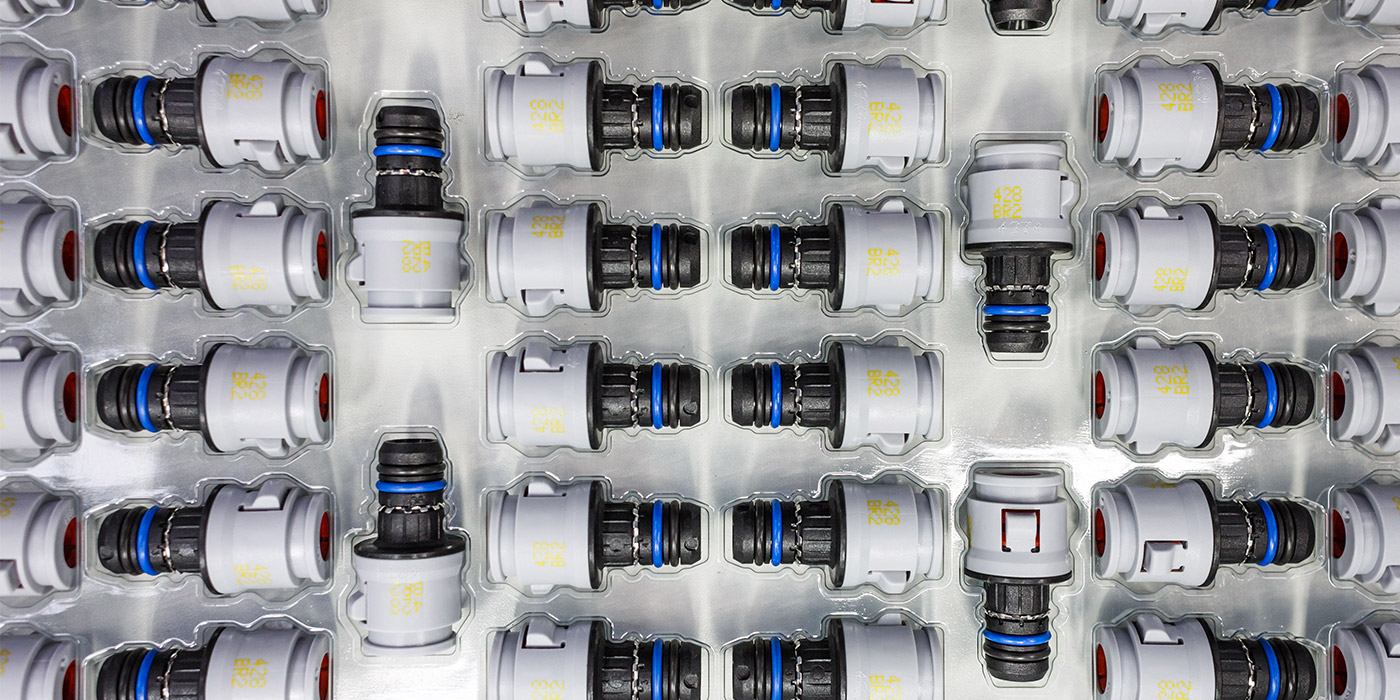If a list of carwash commandments was drafted, there is little doubt that “thoroughly dry the vehicle” would land in the top 10 edicts. Though modern carwash tunnels often include an impressive array of wash, rinse and protection options, it is typically the final step that proves to be the most important. Customers will be wowed by lava flows, tri-color applications and LED displays, but most are still one soggy surface away from ultimate disappointment.
Simply put, a carwash cannot provide the final results that customers now expect with a deficient dryer system. Spotted windows and paint will be the norm when water is left on vehicle surfaces unless costly employee labor is utilized to complete the drying process. If spotting issues are not addressed, repeat business will remain a pipe dream as the majority of customers leave unhappy and never return.
In addition, if a carwash’s neighbors complain about anything, it will be dryer noise. Yet, this is only one reason that the noise generated by dryer systems can be a problem for businesses. Today, there are dryer noise suppression options available to carwash operators. Even so, these options are frequently not standard on new dryers, and many times older systems cannot be retrofitted. The challenge often comes down to ensuring proper performance versus reducing troublesome noise levels.
Generating less noise
For a carwash owner or new investor choosing a dryer system, it is important to take note of the municipality’s noise statutes. Arthur Stephens, president of International Drying Corporation, notes that manufacturers’ dryer development processes now look at noise and sound requirements as an issue of growing importance. Noise complaints will become important for operators to consider as more cities look to regulate the allowed sound levels for operating carwashes.
Archie Johnson, president and owner of The Dryer Pros, notes, “Operators, particularly ones planning a new carwash, should explore different ways to design their building so that it will contain as much noise as possible, including a wall between their neighbors and the carwash.”
Cheryl Dobie, owner of Aerodry Systems LLC, points to the concept of acoustic design when it comes to dryer systems. The basic concept of this design process is limiting people’s — managers, other employees and customers — exposure to noise. Often, exposure to high levels of noise can be an issue whether people are inside or outside the wash facility. Here, utilizing the correct construction materials can play an important role in acoustic design by absorbing the sound energy and/or by acting as a barrier that resists the transmission of noise.
Related: The importance of sound suppression in dryers
One factor that should be addressed is source control of carwash noise, Dobie states. The actual housing of the dryer can act as the first barrier to suppress sound waves. As the waves pass through the material, their strength will be stifled. If a sound-absorbing material with a perforated liner is installed, the generated internal sound as well as the acoustic reflections can be absorbed. This results in the reverberation being reduced.
When it comes to path control, operators often face different challenges. Though it seems like a carwash building should provide a containment barrier for sound, the best construction materials for acoustic treatments are porous, Dobie notes. Because of this, they are not viable options for the harsh and wet carwash environment. Washes’ large entrance and exit doors also guarantee that dryer noise and other sounds will not be contained completely within a facility. Further, all levels of sound vibration can be amplified via carwash surfaces: walls, floors and ceilings. This “snowball effect” means a small noise of significance can build and build, making it more serious and possibly even dangerous.
Dryer silencing methods should be carefully matched to the system’s fan inlet and outlet air profile to provide the most economical noise control while still meeting water removal requirements, according to Dobie. Vane axial fans typically do not generate a significant amount of vibration due to demanding balance tolerances, so inlet and outlet sound attenuators and wrapping around housings and ductwork will reduce radiated sound. Addressing the high-frequency sound levels of a vane axial fan is more effective compared to mitigating the rumble generated by centrifugal fans. There are high-pressure and low-volume characteristics for centrifugal fans, as they directionally force airflow through small, constricted outlets. This profile can further complicate noise reduction attempts.
Ensuring dry vehicles
Often, a drying system’s performance can be affected by the other equipment inside the carwash tunnel. “Any dryer’s performance is enhanced or impeded by the process preceding it,” Dobie says. “Synergy throughout the entire wash system aids in achieving maximum performance from the dryer. This means vehicles must be clean followed by an application of treated rinse water, which is critical prior to the vehicle entering the drying phase.”
Johnson adds, “Drying cars the right way has a lot to do with the environment, the drip space, the conveyor speed, the amount of water and chemical additives in the wash process and the actual dryer itself.”
For instance, Johnson explains, “If you run the conveyor too fast, the dryer will not perform as intended, and this is a common mistake a lot of operators, especially inexperienced ones, make.”
Introducing a rinse aid breaks down the surface tension of the water, changing the characteristic of the water from sheets to beads. Establishing a bead is vital because beads of water are less weighty, have less surface tension and, therefore, are easier for the drying system to remove, Dobie continues. Water still possessing sheeting qualities tends to slide around and remain on the vehicle rather than vacating the surface.
Richard Flores, president of Proto-Vest Inc., also recognizes the importance of carwash chemistry when it comes to producing a dryer vehicle. A balanced chemical application can improve drying results while unbalanced pH levels — too much alkaline in the wash process, for example — makes water lie flat and not bead. An owner must confer with the regional chemical supplier to ensure the chemical application is pH-balanced. Again, applying the right chemical levels inside the wash will help generate the driest vehicles.
Essential upkeep
There are many considerations when an operator decides to fine-tune his or her drying system. Most importantly, airflow from the dryer blowers should adequately cover all vehicle surfaces, Dobie states. Owners should observe water movement on surfaces and then adjust nozzle placement to improve overall removal. Another important step is removing any obstructions to the inlets or outlets of the blowers. Restricted airflow will always impede the output for the system’s specific type of fan.
Stephens explains that, for centrifugal-style drying systems, the impeller must be regularly cleaned to guarantee proper performance. Dryer placement is another essential consideration. If a drying system’s placement allows crosswinds to be generated, this can develop turbulence and result in water actually backing up on vehicle surfaces.
“You want to make sure the water flows in a continuous manner. If the water stops moving, the inertia needed to restart it causes a loss of efficiency in the drying system,” Stephens notes.
As with all carwash equipment, one universal dryer best practice is to follow the manufacturer’s recommended list of preventative maintenance steps. Dobie suggests that owners work to regularly complete these required tasks to protect proper operation of the blowers and guard against dryer downtime.
Flores agrees that regular maintenance is crucial. One area operators should especially pay attention to is the inlet. If this is blocked, many adverse effects can follow. It is important to clean this area often to keep the dryer at its peak performance. Also, owners should inspect the system, looking for buildup that could impact the impeller’s optimal operation.
Addressing energy use
Automatic drying systems often consume the most energy of all equipment used in modern carwashes, according to Stephens. Today, variable frequency drives (VFDs) and soft start systems are in use at many washes. These lessen the start-up surges in energy required to bring a dryer system up to full speed and pressure. Ramping the motor up compared to a hard start means that the energy surge is lessened. Air gates are another option that have become popular in recent years. The gates allow the fan to “free wheel” or start up without a load until they are opened.
Dobie also points out that the use of VFDs has generated positive results when it comes to dryer energy consumption. The VFDs effectively lessen the initial amp draw, and this directly affects the energy rates utility companies charge. A “look-back” timer function in a control panel allows a dryer to slow or shut down between vehicles as well. These programmable options function as determined by energy calculations.
“Most dryer manufacturers have energy-saving dryer systems that make a difference,” Johnson notes. “The basic thing operators must remember is to maintain the balance of run time and the number of start-ups. A dryer shouldn’t run when no vehicle is present, yet not start up for each vehicle.”
Dryer system design is another important area of consideration when addressing energy efficiency. When traditionally comparing systems, many called on the CFMs (cubic feet per minute) produced by a dryer as a measurement of capability, Flores states. Yet, even if a larger volume of air is being moved, it may not equate to dryer vehicles. In this instance, some dryers may move a lot of CFMs, but the proper pressure behind the operation is not achieved. Some of these methods of drying may need higher horsepower to achieve acceptable results.
When a system is designed properly, the blowers will deliver air “harder, faster and with pinpoint accuracy” to effectively strip the water from the vehicle’s surface, Flores notes. This operation actually requires less horsepower, provides an overall dryer vehicle surface and, in the end, is more efficient.
Stephens concludes by noting that soaring energy costs mean annual expenses can be enormous for the typical carwash, and operators are fighting high wage costs as well. As costs are driven even higher by the rise in minimum wage, efficient drying will become even more essential to reduce labor needs while increasing customer satisfaction.
Charles Brady is a freelance contributor.

